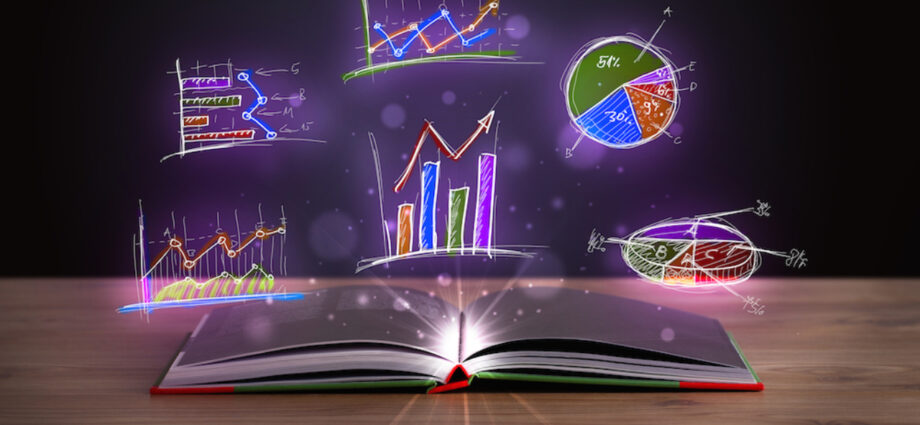Introduction
Mathematics plays a crucial role in various aspects of our lives, ranging from everyday calculations to complex problem-solving. While some people might find math intimidating, there are numerous mathematical tricks that can simplify calculations and enhance our understanding of numbers. In this article, we will explore the usefulness of mathematical tricks in real-life applications and how they can benefit us in different areas.
Understanding Mathematical Tricks
Mathematical tricks are techniques or shortcuts that help in performing calculations quickly and accurately. These tricks are derived from mathematical principles and can be applied to various mathematical operations such as multiplication, division, addition, and subtraction. By using these tricks, individuals can streamline their calculations and save valuable time.
Benefits of Mathematical Tricks
Speed and Efficiency
One of the primary benefits of mathematical tricks is their ability to expedite calculations. By employing these shortcuts, individuals can perform complex calculations much faster than conventional methods. This speed and efficiency are particularly valuable in situations where time is of the essence, such as in exams, competitive tests, or time-sensitive work environments.
Mental Calculation
Mathematical tricks also enhance mental calculation abilities. When we rely solely on calculators or digital devices for every calculation, our mental math skills tend to deteriorate. However, by practicing and implementing mathematical tricks, individuals can develop their mental calculation prowess, improving their overall mathematical proficiency.
Problem-Solving Skills
Mathematical tricks go beyond quick calculations; they also enhance problem-solving skills. By understanding the underlying principles behind these tricks, individuals can apply them to real-life scenarios and solve complex problems more efficiently. These tricks help develop critical thinking, logical reasoning, and analytical skills, which are valuable in numerous professional domains.
Common Mathematical Tricks
Mathematical tricks encompass a wide range of techniques that simplify mathematical operations. Here are some common tricks for multiplication, division, and addition/subtraction:
Multiplication Tricks
Multiplying two numbers can often be time-consuming, especially when dealing with large digits. However, tricks such as the “multiplying by 11” technique or the “Russian peasant multiplication” method can significantly expedite the process. These tricks involve manipulating the numbers and their patterns to arrive at the correct result swiftly.
Division Tricks
Division tricks are useful when dividing numbers, especially when the divisor is a single digit. Techniques like “short division” or “casting out nines” allow individuals to divide numbers more efficiently by utilizing patterns or properties of numbers.
Addition and Subtraction Tricks
Adding or subtracting numbers can also be simplified using various tricks. For example, techniques like “casting out elevens” or “using complementary numbers” enable individuals to perform calculations with greater ease and accuracy.
Real-Life Applications
Mathematical tricks find practical applications in different areas of our lives. Here are a few examples:
Financial Management
In personal finance, mathematical tricks can be incredibly useful. Calculating discounts, percentages, or interest rates on loans can be simplified using tricks like the “rule of 72” or the “quick mental calculation of percentages.” These techniques aid in making informed financial decisions and managing money more effectively.
Everyday Problem Solving
Mathematical tricks can assist in everyday problem-solving. From calculating tips at a restaurant to dividing a recipe, these tricks make calculations more efficient. Additionally, they can help estimate distances, time, or quantities, allowing individuals to make quick approximations when needed.
Career Advancement
Professions such as engineering, architecture, finance, and data analysis heavily rely on mathematical calculations. By mastering mathematical tricks, individuals in these fields can improve their productivity and accuracy. These tricks can also be beneficial in competitive exams or job interviews that involve mathematical aptitude tests.
Limitations and Considerations
While mathematical tricks offer numerous benefits, it’s important to acknowledge their limitations. Overreliance on tricks without understanding the underlying concepts can hinder long-term learning. It is essential to strike a balance between using shortcuts and comprehending the principles behind them. Understanding mathematical concepts provides a solid foundation and enables individuals to tackle complex problems effectively.
Conclusion
Mathematical tricks are valuable tools that enhance our mathematical proficiency and save time in real-life applications. They improve speed, efficiency, mental calculation abilities, and problem-solving skills. By utilizing these tricks, individuals can simplify calculations, make informed financial decisions, solve everyday problems, and excel in various professional domains. However, it is crucial to balance the use of tricks with a deep understanding of mathematical concepts for long-term learning and growth.











